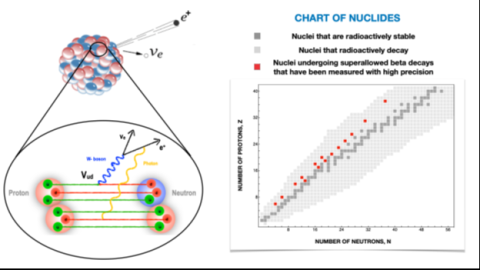
Theorists identify new effects needed to compute the nuclear beta decay rate with a precision of a few parts in ten thousand.
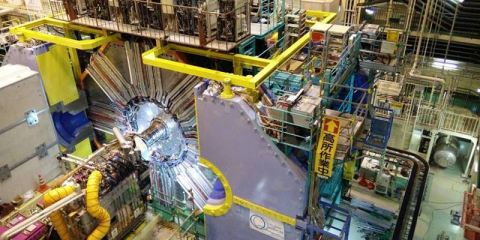
Particle lifetime measurements with early data from the Belle II experiment at the SuperKEKB accelerator demonstrate the experiment’s high precision.
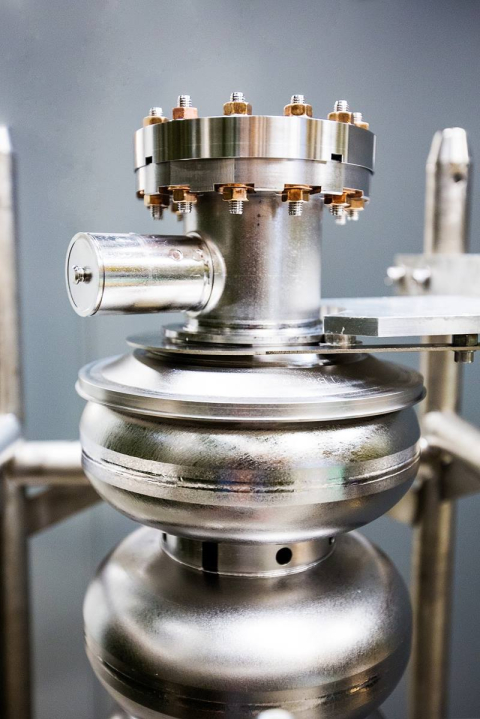
An enhanced topographic analysis toolkit for forecasting and improving particle accelerator performance is helping scientists build better accelerators.
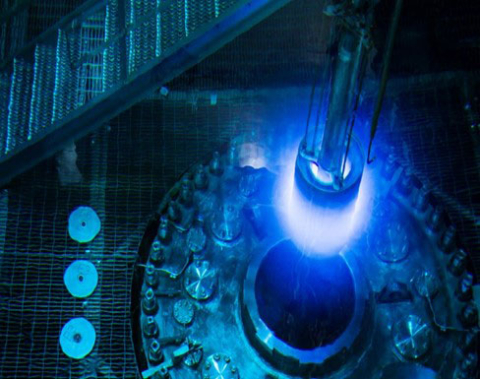
Experiment at Oak Ridge National Laboratory’s High Flux Isotope Reactor precisely measures the antineutrino energy spectrum.

Modern nuclear theory predicts that nucleons appear less “squishy” when probed with neutrinos than was previously inferred from experimental data.
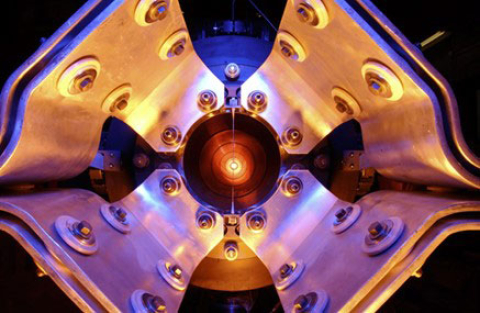
The MINERvA experiment in the NuMI beam at Fermilab has made the first accurate image of the proton using neutrinos instead of light as the probe.
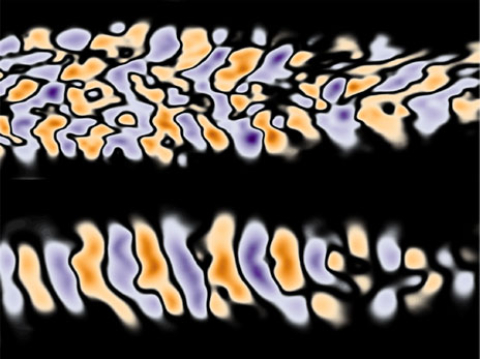
A novel experiment sheds new light on a possible mechanism that may seed magnetic fields for the galactic dynamo.

